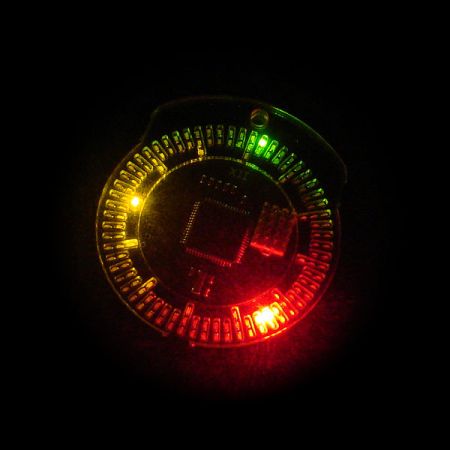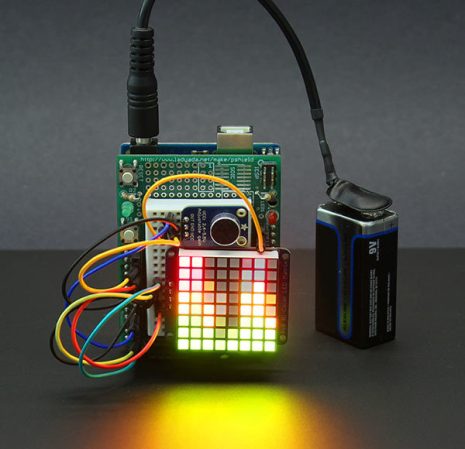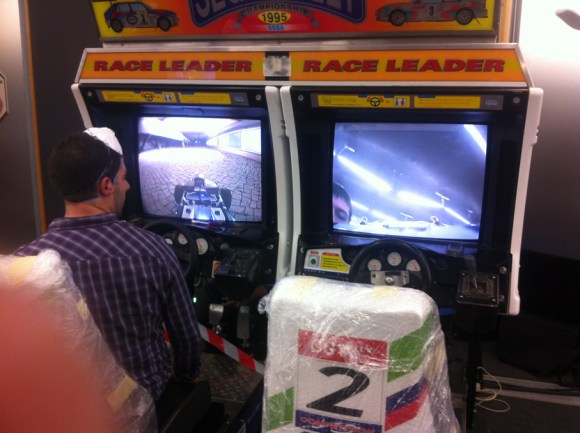
We’re pretty sure they’re not canonizing alien robots, but this Optimus Prime stained glass sure looks good enough for a place at the local cathedral. It is [Kobachi’s] very first glass project, but we’d say he’s got a bright future ahead of him. Especially since it’s about ten times more complex than the assignment called for.
The design is based on artwork by [NinjaInkArt] called Optimus Noveau. It is included in the album linked above and shows Optimus with the matrix of leadership behind his head. This of course doubles as the halo you would find around the head of a saint in religious artwork. [Kobachi] started by simplifying the design into rough outlines and colors. He then split those outlines to make for easier cuts and then got down to business assembling the pane. It uses 121 different pieces and took him 80-100 hours to complete the work. We can’t wait to see the landscape follow-up showing Optimus as a semi truck.
If you’re not handy with colored glass you could try making this with colored circuit boards instead.
[via Reddit]

















